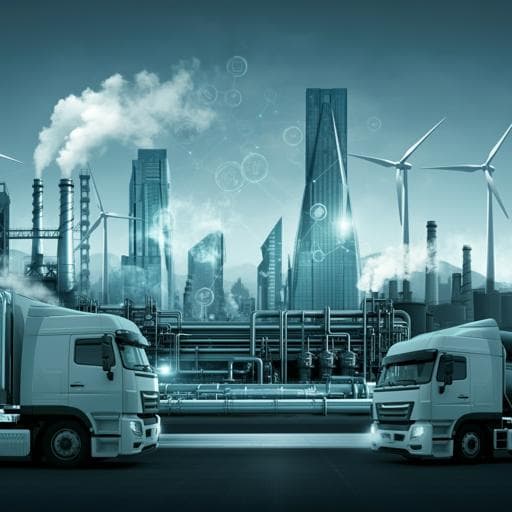
Engineering and Technology
Breaking the hard-to-abate bottleneck in China's path to carbon neutrality with clean hydrogen
X. Yang, C. P. Nielsen, et al.
This paper investigates how clean hydrogen can play a critical role in reducing emissions in China's hard-to-abate sectors, including heavy industry and heavy-duty transport. The research, conducted by Xi Yang, Chris P. Nielsen, Shaojie Song, and Michael B. McElroy, reveals the potential for massive cost savings in emissions reduction strategies.
~3 min • Beginner • English
Related Publications
Explore these studies to deepen your understanding of the subject.







